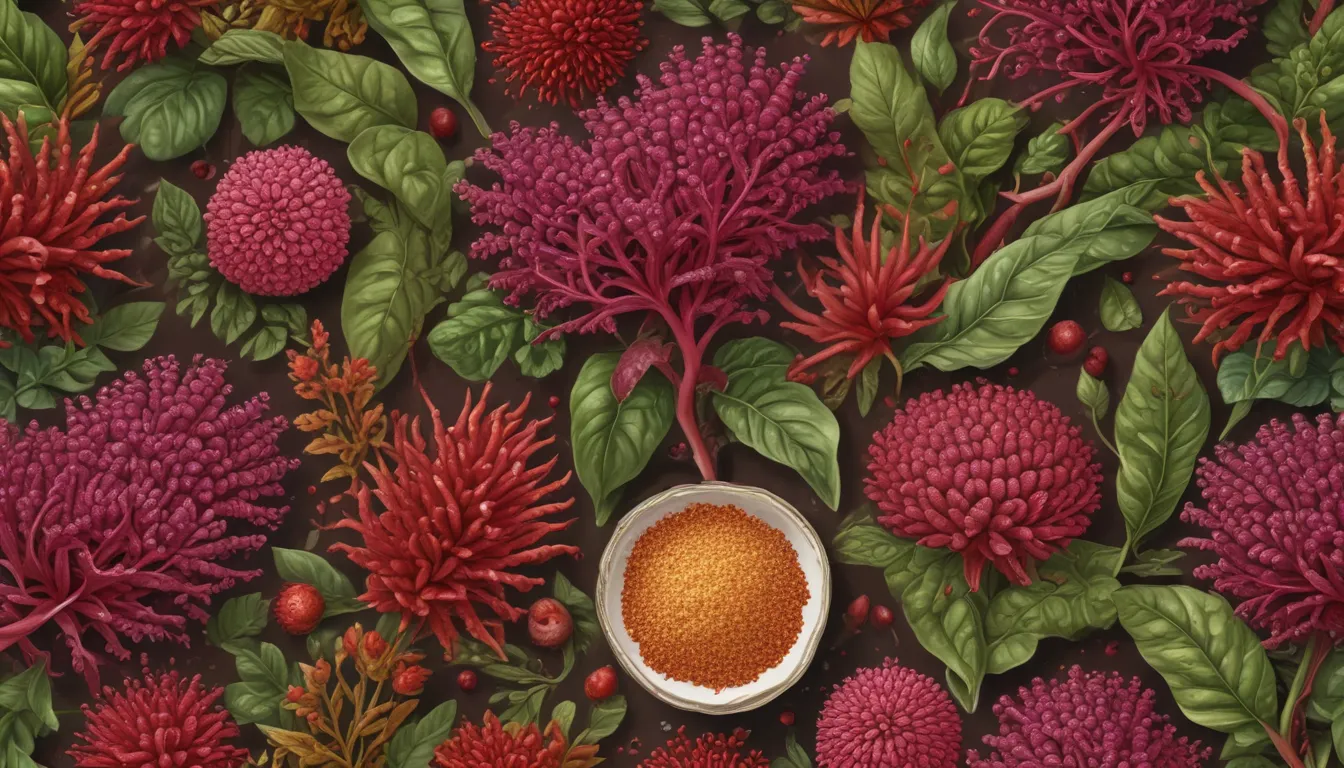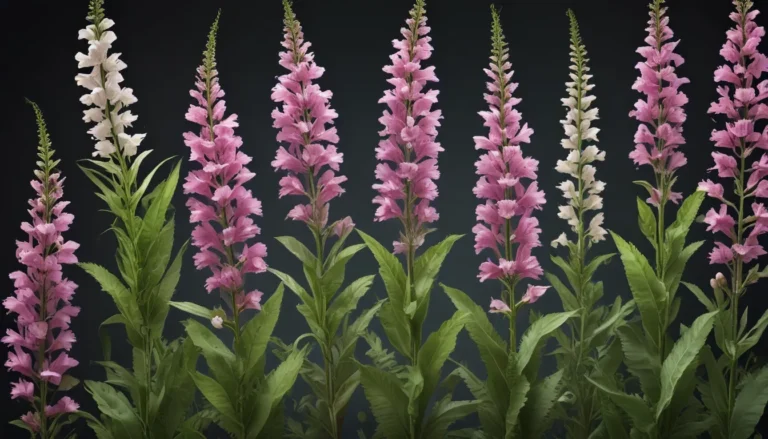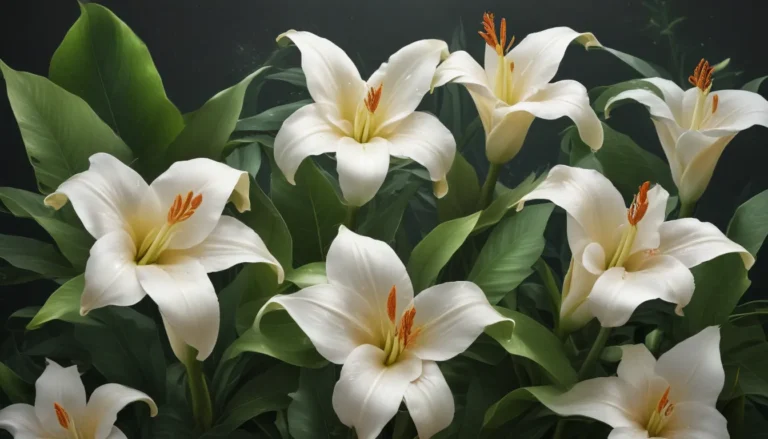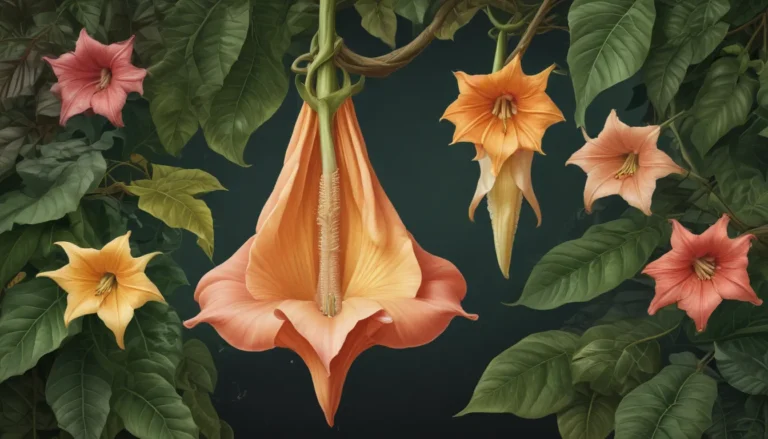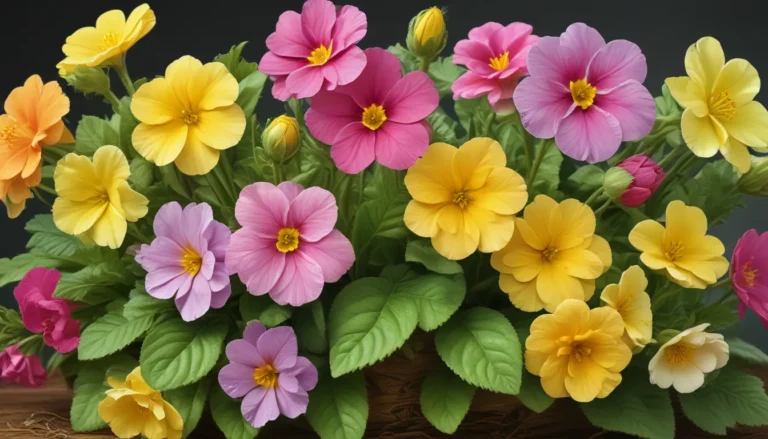The pictures we use in our articles might not show exactly what the words say. We choose these pictures to make you interested in reading more. The pictures work together with the words but don’t take their place. The words still tell you the important facts.
Are you ready to uncover the secrets of the mystical plant known as amaranth? With its vibrant colors, rich history, and impressive nutritional profile, amaranth has captivated the hearts of gardeners, food enthusiasts, and health-conscious individuals for centuries. In this article, we will delve into 18 mind-blowing facts about amaranth that will deepen your appreciation for this incredible plant. From its ancient origins to its modern-day uses, there is so much to learn about this versatile and nutrient-rich superfood. So, sit back, relax, and get ready to embark on a journey into the captivating world of amaranth!
The Ancient Grain That Stood the Test of Time
Amaranth has been treasured by civilizations around the world for thousands of years, serving as a staple food in many cultures. Its resilience, adaptability, and rich cultural history make it a truly remarkable grain.
A Nutritional Powerhouse in Every Bite
Packed with essential nutrients such as protein, fiber, vitamins, and minerals, amaranth is a nutritional powerhouse that can support a balanced diet and overall well-being. Its gluten-free nature also makes it a suitable choice for individuals with gluten sensitivities or celiac disease.
A Colorful Feast for the Eyes
Amaranth grains come in a dazzling array of colors, including red, purple, and gold, adding a vibrant touch to any dish. Let your meals pop with a splash of color from this ancient grain!
From Seed to Leaf: A Complete Edible Experience
Not only can you enjoy the seeds of amaranth, but the leaves are also edible and packed with nutrients. Whether added to salads or cooked as a vegetable, amaranth leaves offer a tasty and nutritious addition to your meals.
The Culinary Chameleon: Versatile Ways to Enjoy Amaranth
From porridge to bread, muffins to soups, amaranth can be used in a variety of dishes to add depth and flavor. Its nutty and slightly sweet taste makes it a versatile ingredient that can elevate any recipe.
A Sustainable Superstar: Thriving in Tough Conditions
With its resilience and ability to grow in harsh conditions, amaranth is a sustainable crop that requires less water and resources compared to other grains. Embrace the eco-friendly side of food with this resilient plant!
Sacred Roots: Religious and Cultural Significance
In some cultures, amaranth is considered a sacred crop with deep-rooted religious significance. It is used in ceremonies and rituals, symbolizing abundance, prosperity, and the cycle of life.
A Weight-Management Wonder: Satiety in Every Bite
Thanks to its high fiber content, incorporating amaranth into your diet can help you feel full and satisfied, supporting weight management goals in a delicious and nutritious way.
Antioxidants Galore: Protecting Your Body from Within
Amaranth is a rich source of antioxidants that help protect the body against oxidative stress and inflammation, promoting overall health and well-being.
Heart-Healthy Goodness: Nourishing Your Cardiovascular System
The fiber, vitamins, and minerals found in amaranth contribute to heart health, potentially reducing the risk of heart disease and supporting a healthy cardiovascular system.
The Popcorn of Grains: Crunchy and Nutritious Popped Amaranth
Just like popcorn, amaranth grains can be popped in a pan to create a crunchy and nutritious snack. Enjoy this wholesome treat as a guilt-free indulgence!
Veggie Delight: A Plant-Based Protein Source
For vegetarians and vegans, amaranth is a valuable plant-based protein source that can be incorporated into a variety of meals for added nutrition and flavor.
Flour Power: A Gluten-Free Alternative for Baking
Transforming into flour, amaranth becomes a versatile gluten-free option for baking bread, cakes, and other treats. Embrace the goodness of this ancient grain in your baking adventures!
Medicinal Marvel: Healing Properties of Amaranth Leaves
In traditional medicine, amaranth leaves are believed to have various health benefits, ranging from aiding digestion to boosting the immune system. Explore the medicinal wonders of this ancient plant!
Longevity in a Grain: Two Years of Shelf Life
When stored properly in a cool, dry place, amaranth grains can last up to two years, making them a reliable pantry staple that you can enjoy for an extended period.
Nature’s Palette: Using Amaranth as a Natural Dye
Unlock the vibrant pigments of amaranth and use them to dye fabrics naturally, adding a touch of beauty and sustainability to your textiles.
Embrace the Magic of Amaranth
Amaranth is not just a plant – it's a symbol of vitality, tradition, and health. Whether you're looking to expand your culinary horizons, boost your nutrient intake, or simply appreciate the beauty of nature, amaranth has something to offer everyone. So why not give this remarkable plant a try? Incorporate it into your meals, experiment with different recipes, and let the enchanting qualities of amaranth inspire you on your journey to a healthier, more sustainable lifestyle.
FAQs: Your Burning Questions Answered
Q: Can I eat the leaves of amaranth?
A: Yes, the leaves of amaranth are edible and highly nutritious, perfect for adding a fresh and nutritious touch to your meals.
Q: Is amaranth gluten-free?
A: Absolutely! Amaranth is naturally gluten-free, making it an excellent choice for those with gluten sensitivities or celiac disease.
Q: How can I incorporate amaranth into my diet?
A: Enjoy amaranth in a variety of ways – from cooking it as a grain in dishes to grinding it into flour for baking or adding it to smoothies for an extra nutritional boost.
Q: What are the potential health benefits of amaranth?
A: Amaranth is rich in protein, fiber, and essential nutrients that can support heart health, improve digestion, and boost the immune system, among other potential health benefits.
Q: Can I grow amaranth in my garden?
A: Absolutely! Amaranth is a resilient plant that thrives in warm climates and can be grown from seeds. Plus, its vibrant flowers add a colorful touch to any garden.
Join Us in the Journey of Discovery
Our dedication to providing you with engaging and trustworthy content drives us to explore the wonders of nature and nutrition, sharing valuable insights and fascinating facts along the way. Each fact we present has been carefully vetted by our team of editors, ensuring that you receive the most accurate and engaging information possible. Trust in our commitment to quality and authenticity as you embark on your journey of discovery with us. Let's continue to learn, grow, and celebrate the magic of nature together!
